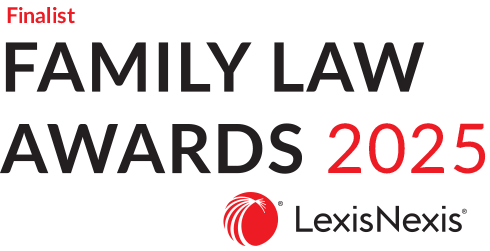Non-Transferability and Implications of Business Changes on Sponsor Licences

Get in touch with our corporate lawyers in the UK and call us on 0330 107 0106 to arrange a free no no-obligation call or request a free quote.
Sponsor licences, granted by the Home Office, allow companies to hire non-UK workers. However, a critical aspect often overlooked is the non-transferability of sponsor licences. This article provides an overview what non-transferability means and how mergers, acquisitions, de-mergers, and changes in ownership can impact a sponsor licence.
The non-transferability of sponsor licence UK
A sponsor licence is inherently tied to the specific legal entity to which it was originally granted. This means that the licence is specific to that particular entity and cannot be transferred to another entity, even if they are part of the same group or undergo a change in ownership structure. The Home Office strictly prohibits the transfer of sponsor licences between companies, regardless of their corporate relationship.
Considering licence structure and operational impact in sponsor licence non-transferability
The flip side of the non-transferability of a licence involves decisions on how to structure it when a company has subsidiaries or branches. Companies should choose between a single licence covering both head office and branches or separate licences for each entity. This choice affects how HR departments integrate with the Sponsor Management System (SMS) and manage compliance obligations.
A centralised licence simplifies management but requires consistent compliance across all locations, while decentralised licences offer autonomy but necessitate individual compliance oversight. This structural decision becomes especially significant during mergers or acquisitions, where understanding existing licence frameworks and planning for integration are essential.
Implications of Mergers and Acquisitions (M&A)
When a company holding a sponsor licence is involved in a merger or acquisition, several scenarios can unfold, for instance:
- Full transfer of ownership. If Company A, holding a sponsor licence, is fully acquired by Company B, the original sponsor licence of Company A cannot be transferred to Company B. In this case, Company A must report this change via its SMS account within 20 working days, detailing all workers transferring, and workers not moving (if any). Company B must apply for a new sponsor licence (or extend the current one) if it intends to continue employing the sponsored workers from Company A. Company B should request an increase in Certificates of Sponsorship allocation if needed and report the change.
- Partial transfer or restructuring: In scenarios where only a part of the business is sold or restructured, the new business entity formed as a result of this transfer will also need to apply for a new sponsor licence. The employees who were sponsored under the original licence must be transferred to the new sponsor licence once it is granted. If the company no longer has any sponsored workers, it must report the change via SMS within 20 working days, and its Certificates of Sponsorship allocation will be reduced to zero. If the business still employs sponsored workers, it also must report the change via SMS within 20 working days, and adjust its Certificates of Sponsorship allocation if needed, and continue reporting for retained workers.
Change of ownership
A change in ownership can occur in various forms, such as a significant change in the shareholders of the company. This can also impact the sponsor licence as follows:
- Minority to majority shareholding: If a minority shareholder becomes a majority shareholder, the Home Office must be notified. Although the licence itself does not transfer, the change in ownership must be reported as it could affect the overall control and structure of the company.
- New ownership structure: Any substantial change in the ownership structure necessitates a review of the existing sponsor licence. The company must inform the Home Office and, depending on the extent of changes, might be required to reapply for a sponsor licence UK.
Responsibilities of the sponsor
Companies holding a sponsor licence have ongoing duties to ensure compliance with immigration laws. These include reporting significant changes to the Home Office, such as:
- Changes in the company’s structure.
- Alterations in the company’s name or location.
- Updates on the status of the sponsored workers.
Failure to report such changes can result in penalties, including the suspension or revocation of the sponsor licence.
Conclusion
Mergers, acquisitions, and changes in ownership can significantly impact the ability to continue sponsoring employees. Companies must be proactive in managing their sponsor licence status, ensuring compliance with Home Office regulations to avoid disruptions in their workforce. By staying informed and prepared, businesses can overcome these challenges smoothly and maintain their ability to hire skilled international talent.
This article is for general information only and does not constitute legal or professional advice. Please note that the law may have changed since this article was published.


















